Examining the Classics is a new series we are debuting on Seasoned Gaming. We will be reflecting on titles that hold an important place in video game history and highlighting the reasons why. These articles are meant for players who have finished the titles as they will cover the games from beginning to end. It goes without saying there will be major spoilers. We hope you enjoy and please feel free to share your own thoughts on the article or the games as well!
Note, we have now debuted Examining the Classics as a video series as well!

For our debut Examining the Classics, I’ve chosen a title that is but a few years old. However, its impact on the gaming industry, and more importantly, video game story-telling, cannot be overstated. Today I’m going to reflect on Naughty Dog’s utterly brilliant The Last of Us. Released in 2013 to near universal critical acclaim, The Last of Us is one of my favorite games of all-time and in my opinion, a seminal title for the industry. I personally consider it the pinnacle of video game character development to this day. Without further ado, let’s take a look at why.
The Last of Us wastes no time in setting the stage for the struggle to come. The opening chapter, in which you begin by playing as Sarah as the outbreak is first occurring, is both shocking and abrupt. While short, it does an excellent job of demonstrating the rate at which panic and desperation escalate given the circumstances. It invests you quickly into the lives of Joel, Sarah, and Tommy and just as you begin to believe there may be some level of hope, it strips that away from you with the abrupt death of Sarah. This initial setup is quite frankly, brilliant. Not only does it invest the player into the story immediately, but it defines Joel’s character from the outset which ends up having deep implications for the rest of the journey.

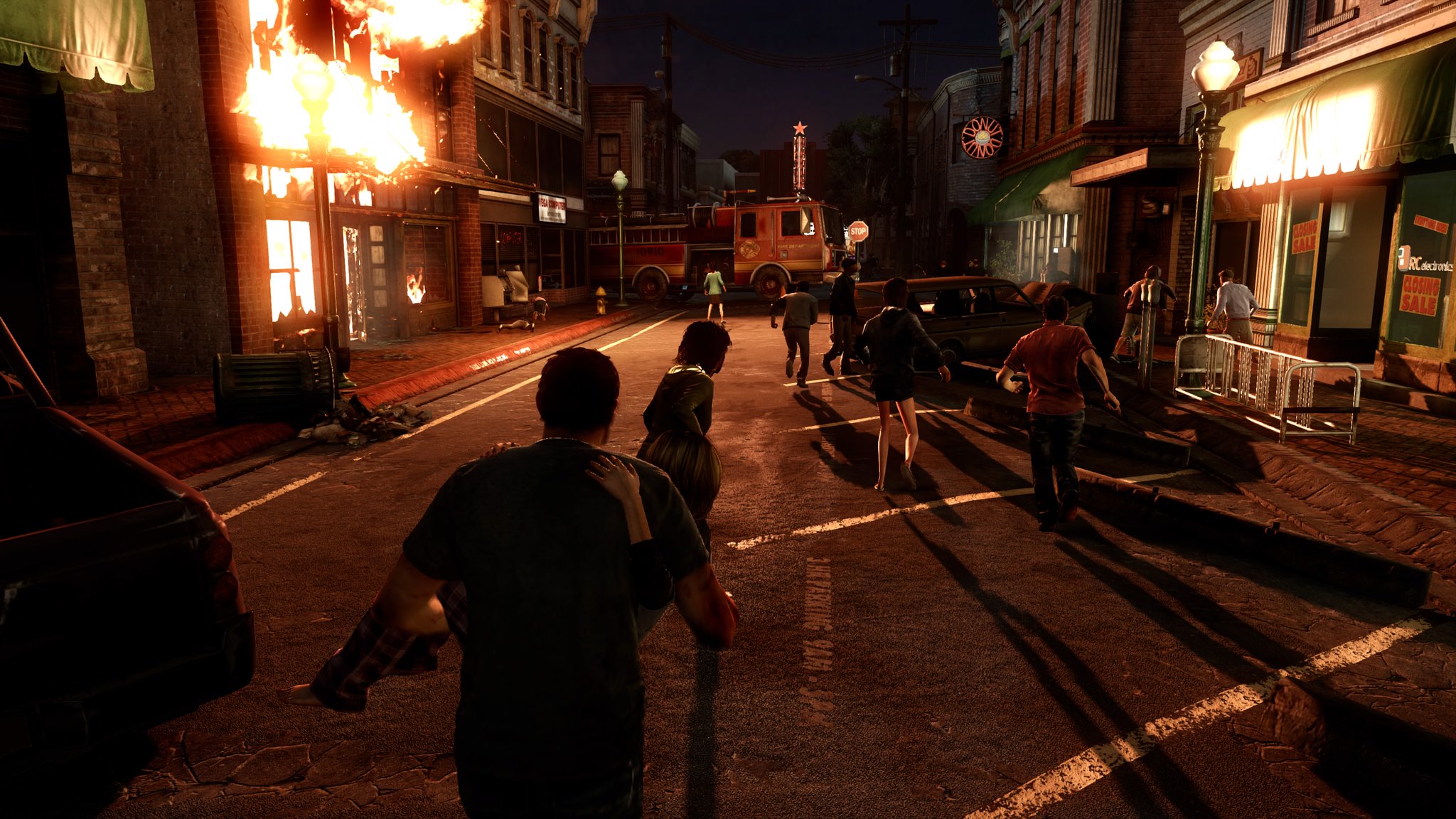

Fast forward twenty years and you are shown the devastating results of the outbreak while assuming the role of a far more seasoned and hardened Joel. Tommy is nowhere to be found and you are introduced to Tess, presumably Joel’s partner. As you get your bearings playing as Joel through the introductory chapter, you begin to appreciate the gravity of the virus’s effect on society. The resulting degradation of the city and society around you is readily apparent. Quarantine zones have been created and the survivors within them are managed with work assignments and food rationing. As you would expect, defiant rebel groups have also begun to spring up on the outskirts of those societies. As Joel and Tess, you seem to be walking the line between the two. This transition and the following few hours of gameplay as Joel and Tess, while a decent portion of the overall game, are still primarily introductory. It’s within these few hours we learn about Marlene and the Fireflies, the virus itself and the resulting enemy types, and eventually Ellie. Joel’s stubbornness and early reluctance to transport Ellie are the first glimpses of his deeper conflict within.

When the journey with Ellie begins, the core of The Last of Us begins to truly take shape. Your initial introduction to Ellie is vague and that again is important in how you, the player, respond to the game. At the outset, you are told nothing of Ellie’s history, her parents, nor the fact that she is immune. Rather, you’ve merely agreed to transport Ellie from point to point as a means to an end. As such, no immediate connection is demonstrated between Joel and Ellie in the game, nor do you yet feel the significance of the journey as the player. Rather, Joel’s seemingly irreverent feelings toward Ellie begin to highlight his deep-seeded pain with losing Sarah. While Tess is an important figure in your early travels, and the relationship between Joel and her is meaningfully written into the game, she is secondary to the developing relationship between Joel and Ellie which is where the true heart of The Last of Us lies. Before diving deeper into Joel and Ellie’s relationship though, let’s talk about some of the other aspects of The Last of Us that make it one of the all-time greats.
The soundtrack, composed by Gustavo Santaolalla, is minimalist yet emotional and suits the game tremendously well. Santaolalla began composing the soundtrack early in the game’s development and was given a large amount of freedom with the creative process. Rather than instruct Santaolalla, Naughty Dog’s Creative Director, Neil Druckmann, simply explained the synopsis and narrative themes. This allowed Santaolalla to experiment with sounds and tones that were atypical to normal soundtrack composition. In particular, the use of a de-tuned guitar, stood out and resulted in the delicate yet indelible title theme. Several of the tracks will stick with you long after finishing The Last of Us and the use of these tracks to emphasize shocking and emotional scenes throughout the game is yet another exceptional aspect of the title.
An inside look at Santaolalla’s process for writing The Last of Us OST
Art direction for post-apocalyptic settings, whether in film or games, is critical to making your audience invest in the world. While post-apocalyptic settings are nothing new and they seem to be more popular than ever in modern media, I found Naughty Dog’s take refreshing. The Cordyceps virus outbreak led to more interesting enemy engagements than your standard zombie fare and I feel it also further emphasized the feeling of nature reclaiming the planet from humanity. In this vein, Naughty Dog’s artists captured the reflection on the environment with haunting detail. The settings not only reflect the loneliness of the current world, with vast areas being completely desolate, but the desperation with which it came to be. Navigating stores and homes that were left with urgency represents a large part of your journey and finding artifacts within them of the people, who are now likely dead and forgotten, can be harrowing. Overgrowth runs rampant and unique details like virus spores and infected corpses fusing into the environment further accent the world around you. These details result in a world that feels bleak yet conceivable ; where survival is the sole focus.


While the combat and resource management in The Last of Us are likely the least celebrated aspects of anything I’ll touch on today, they do bear mentioning. Resource management is nothing new in games, but the way in which it was implemented in The Last of Us added to the realism to having to survive and endure in the world. The inability to pause or be “safe” while crafting, switching guns, or using a med kit is a small but important change to the standard formula typically used in games. The combat itself is challenging at times and reflective of the setting, it’s very easy to make mistakes which result in you dying (this is especially true on the higher difficulty settings which limit resources, remove your listening ability, and where a single mis-step can cost you your life). And given the setting, the brutality in combat, especially melee combat, is palpable. The set animations vary by weapon, angle, and position and are cinematic and highly visceral. It’s the design in these areas that emphasizes the savage nature of what remains of humanity in The Last of Us.
On a deeper level, the themes built around combat lend to more believable characters, especially as they relate to the females in the game. As mere survival is imperative, characters like Tess and Ellie exhibit associated traits. While strong female characters are becoming more common now, even just four years ago when The Last of Us released, it was a more salient statement. It also facilitates Ellie’s character development over the course of the game which in my opinion, is the most important attribute The Last of Us possesses.

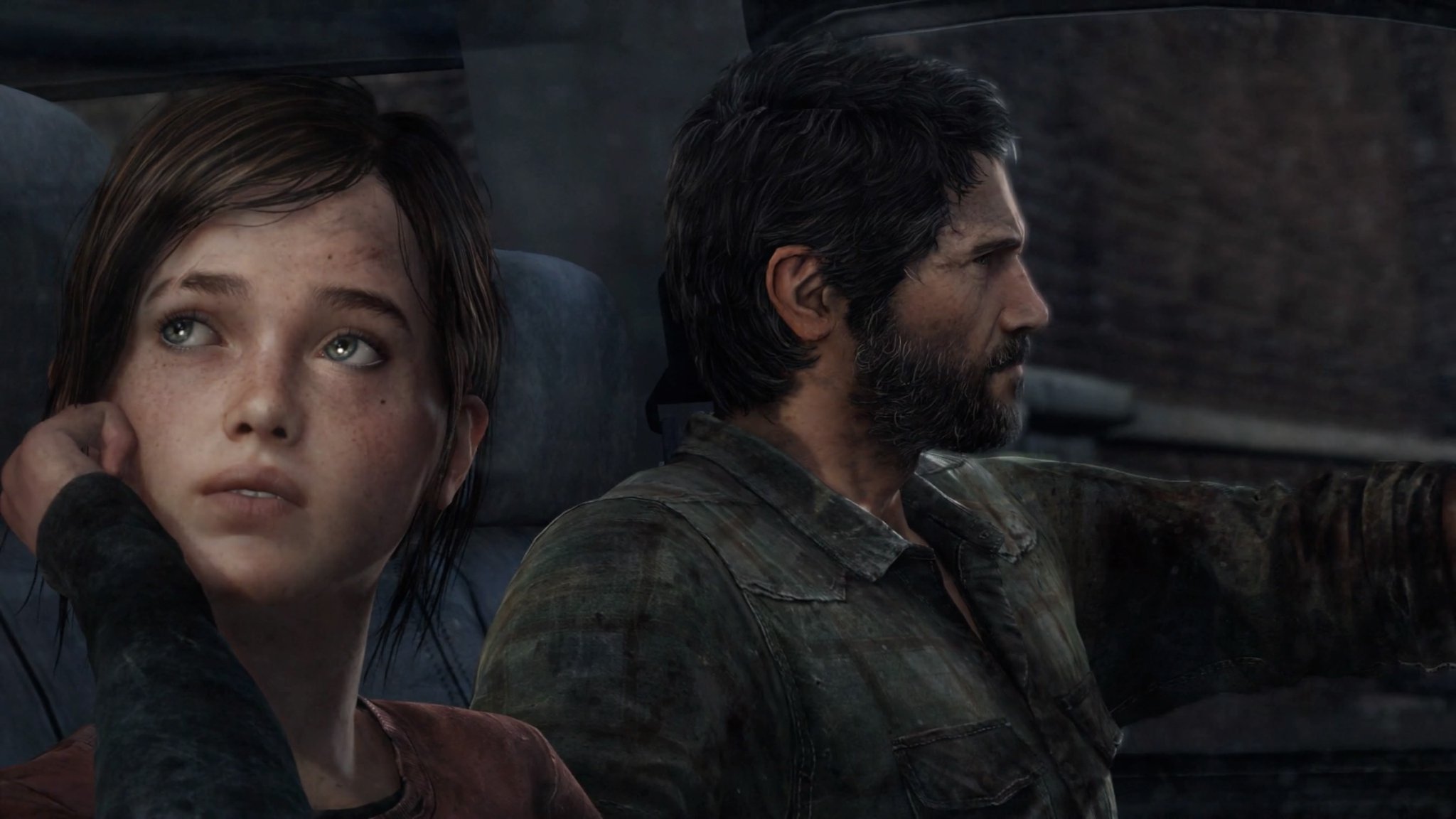
After Tess’s and Henry’s death in the Spring, your remaining time within The Last of Us is primarily spent with Joel and Ellie. The development of these two characters, individually and in relation to one another, is one of the greatest achievements in video game narrative in my opinion. The presentation of the story and world through seasons further accents the growth of the relationship and in particular, Ellie’s rapid maturation. Early in the Fall, where Joel’s main goal is to search out his brother Tommy to assist with transporting Ellie, he demonstrates his continued insistence on viewing Ellie as an object. The distance at which he keeps himself emotionally guarded from Ellie is often on display. Meanwhile, Ellie who has never experienced a “normal” life or even known parents, is merely looking for acceptance. Yet her attempts to prove herself to Joel are often minimized or worse, disregarded entirely. This early contrast is conceptualized for the player extremely well using commentary, situational cut scenes, optional conversations, and simple banter ; a technique Naughty Dog uses extremely well in other titles like Uncharted as well. As Fall progresses, and Joel and Ellie spend more time combating the world around them with only each other to rely on, the relationship matures and when Winter opens, with Joel near death, you assume the role of Ellie in a much different state.
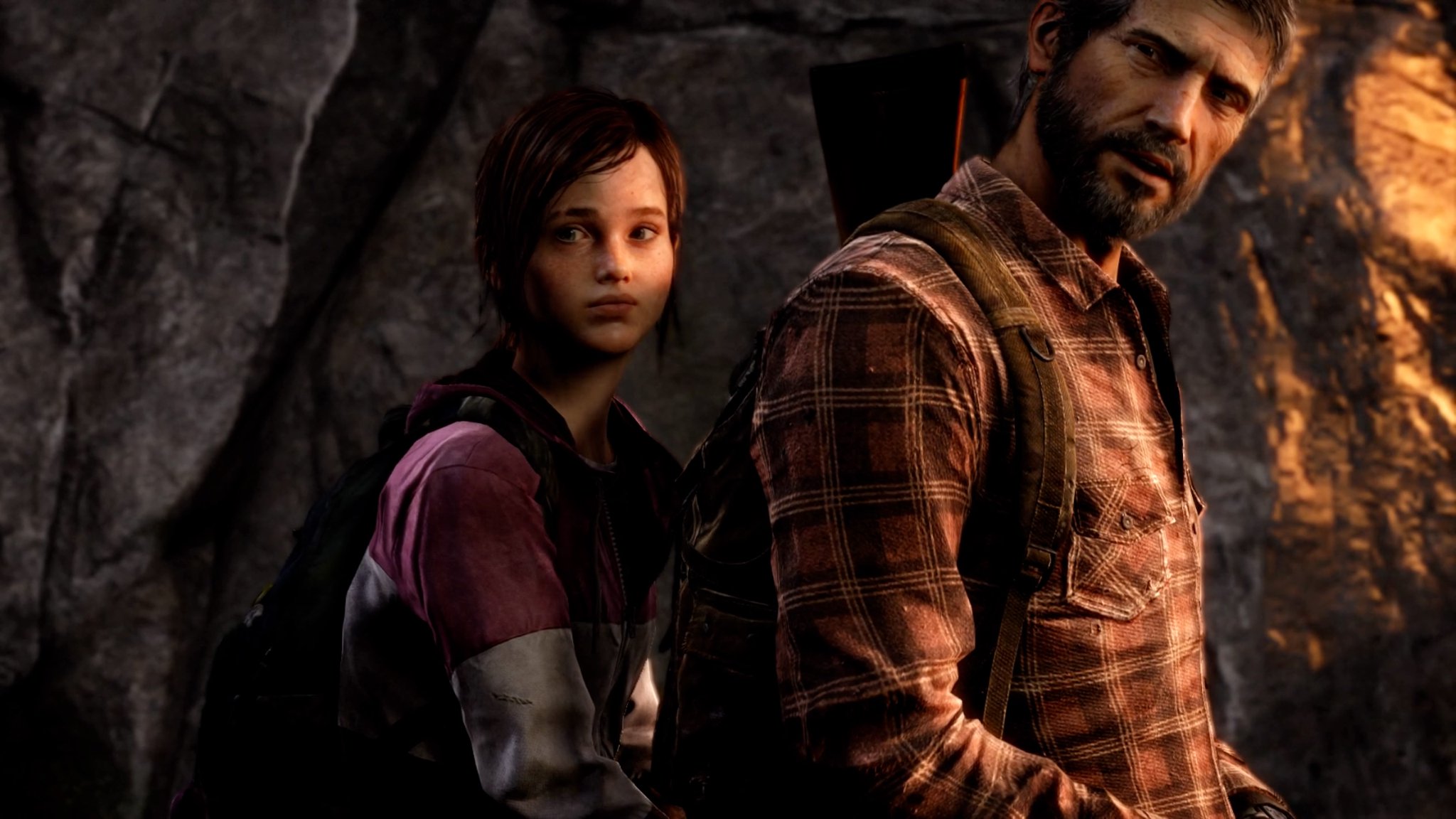
Winter is likely my favorite chapter in The Last of Us for a few reasons. The beginning, with the hunting scene and shortly after, the meeting of David, immediately demonstrate how quickly Ellie has acclimated to the world around her. It’s obvious that she has become capable of looking out for herself and that she cares deeply for Joel as well. While up to this point you’ve had to protect Ellie, assuming the role of Ellie right at the start of Winter reverses that entirely. As Ellie, you are now in charge of hunting, surviving, and most importantly, keeping Joel alive. No other chapter in the game represents the “survive and endure” tagline more. Playing as Ellie you face some truly challenging obstacles and the interaction with David, from its beginning, right through to its fervent conclusion, is exceptional. In particular, the scenes while being jailed are highly memorable. Ellie’s demeanor, acute awareness of the dire situation, and her responses to it, made me truly appreciate a level of character development typically reserved for film. The transition then back to Joel, as you’re tasked with finding and saving Ellie, cements their new bond. As you fight your way to her, and eventually rescue her, the chapter dramatically ends. Then as Spring opens, there is a decidedly different dynamic between Joel and Ellie.

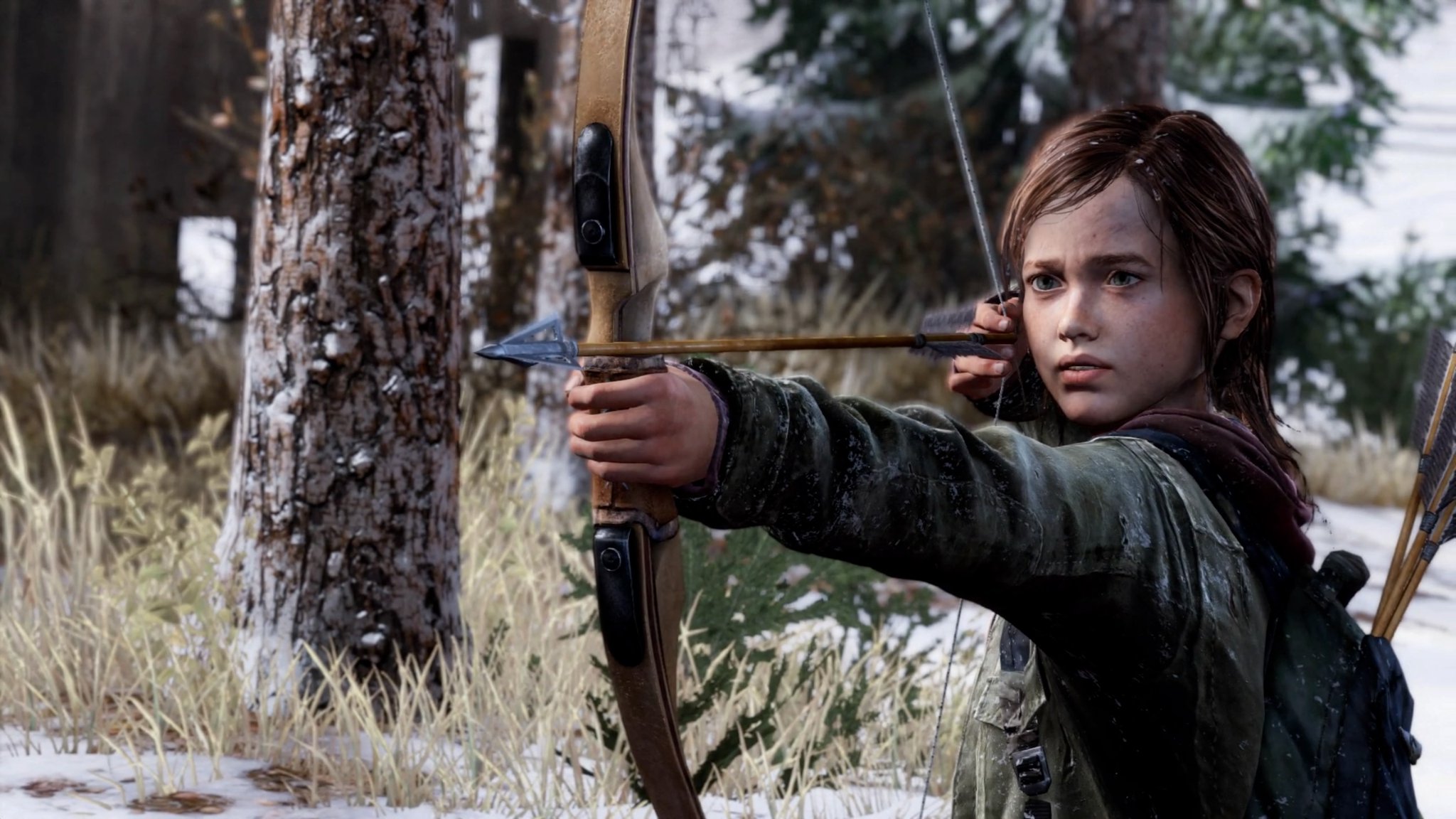
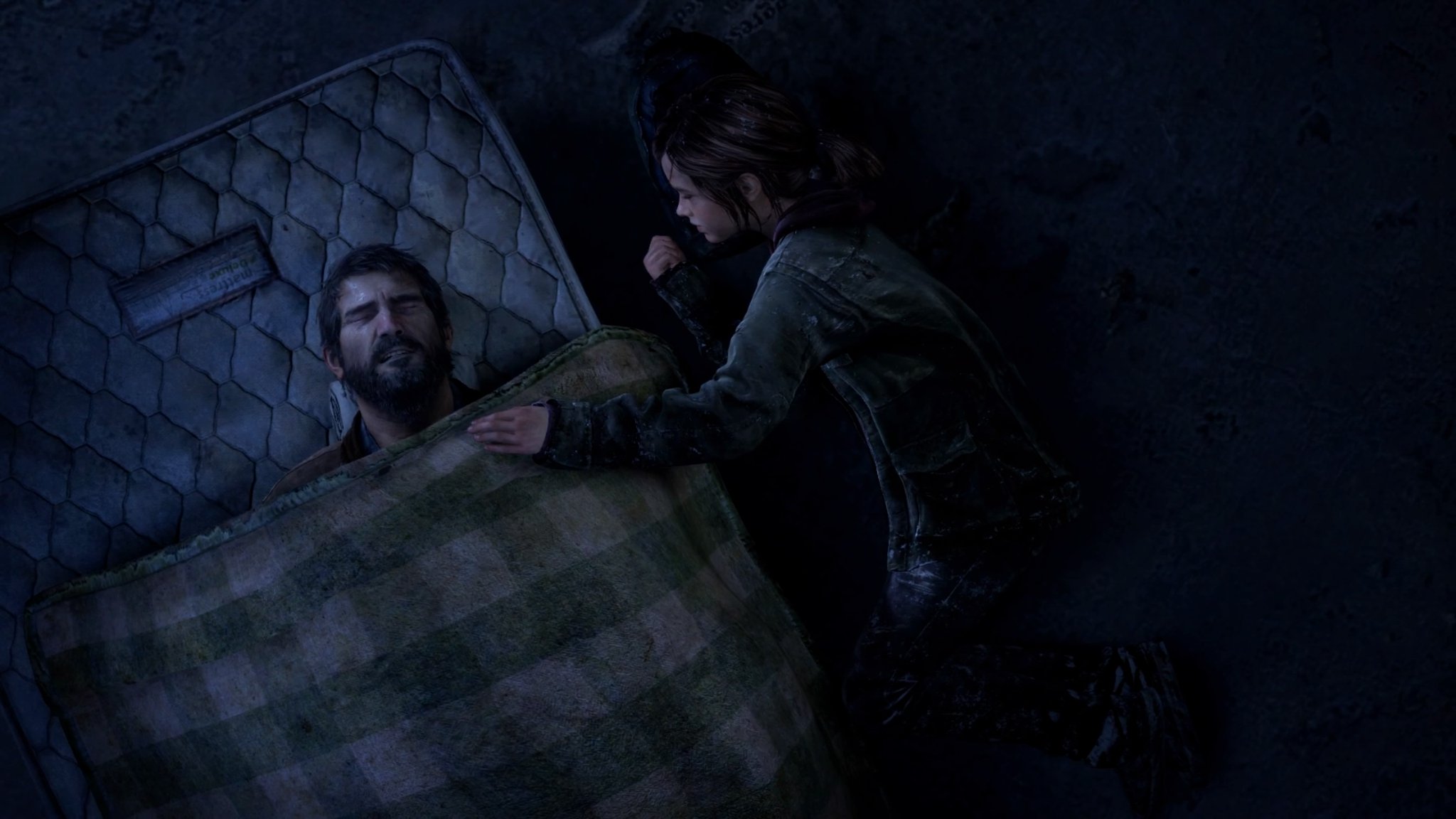

Immediately as Spring begins, and you make your final push to find the Fireflies, Naughty Dog once again demonstrates their distinct ability to highlight emotion. Joel, now a much stronger father figure for Ellie, exhibits his concern for her as she seems distant in their conversations. Clearly what occurred through Winter has affected her as she remains shaken and detached from the task at hand. This leads to one of the most memorable scenes in Last of Us where Ellie and Joel come across giraffes that have escaped their previous captivity. Ellie’s pure wonderment at the giraffes is heartwarming. The conversation she has with Joel about them seems to signify a renewal of her spirit in the vein of life still having the capability to be beautiful. It’s another one of those special moments in The Last of Us that has to be experienced to be truly understood. After that touching moment, you are led to the final chapter and eventually, the divisive conclusion.

The final battle to save Ellie, and ending in particular, sparked a large debate among players due to both its philosophical and controversial nature. The resulting question can be asked in many ways, but in its most simplest form, The Last of Us asks “Would you trade the life of someone you love for the potential to save many others”. The brilliance in making the player think in those terms of course, is that every player can relate in some way and each will have their own unique answer. While the game makes the decision for you given its cinematic, story driven design, it causes a great deal of introspection upon completion. To counter Joel’s decision, it’s very easy to argue that any chance to eradicate the virus should have been taken. It should have been done for the greater good of humanity. However, the strongest evidence for how remarkable of a bond is developed between the player and the characters over the course of the game, is that it makes them question their own rationale. Joel’s decision to kill the Fireflies, the scientists, and even Marlene to escape with Ellie was already debatable. But the following final scene, as The Last of Us manages to do several times, added yet another layer of intricacy. When Ellie asks Joel starkly if he was telling the truth about what had occurred with the Fireflies, and he then lies to her, it causes immediate consternation. By the end of the game, Joel and Ellie have a near father and daughter relationship and have depended upon each other to survive multiple times. With that context, Joel lying to her felt like a betrayal in many facets. But this of course, is the brilliance in the ending and what led to the many conversations about the story afterwards.
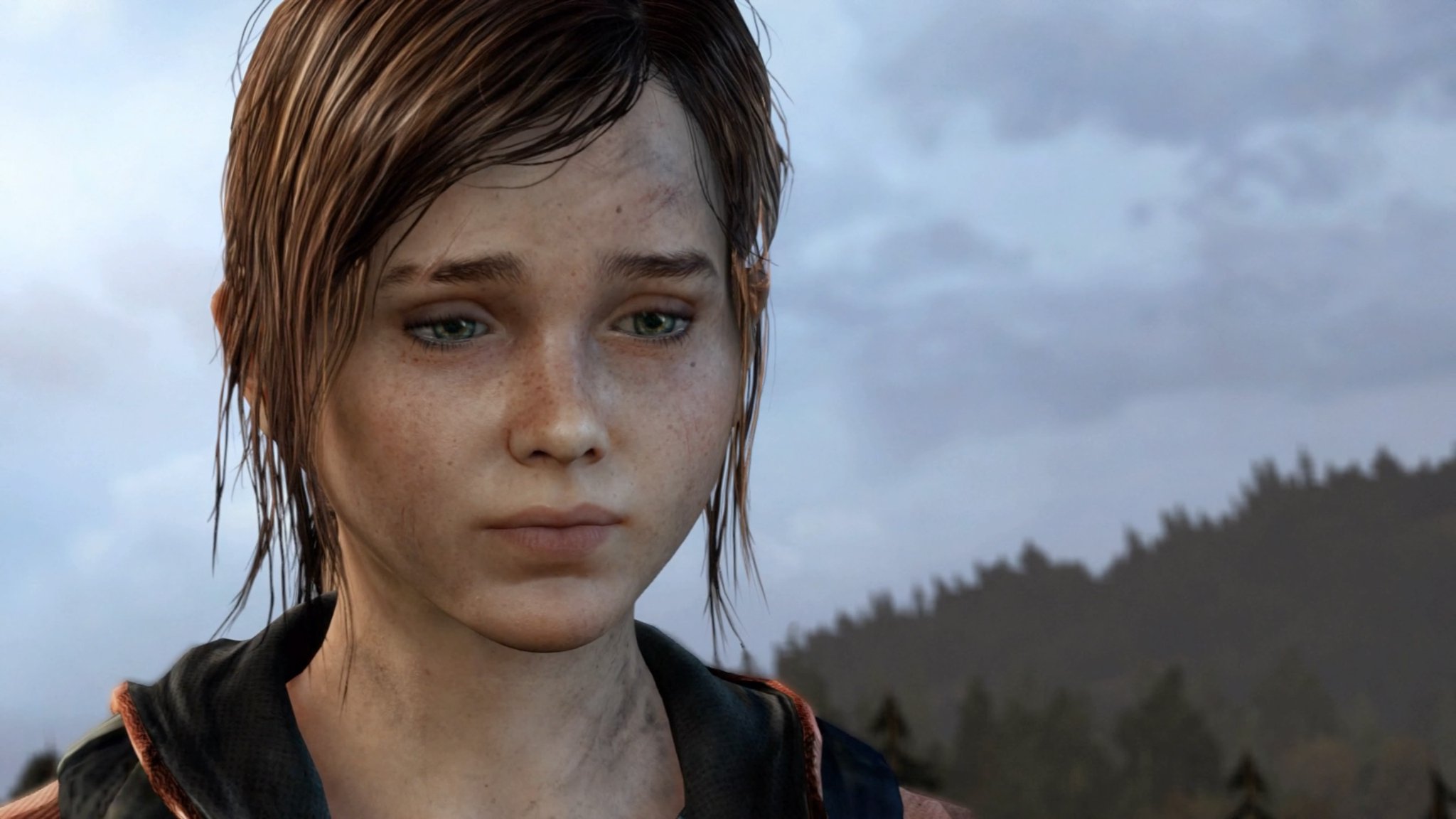
To me, The Last of Us represented the perfect title with which to begin Seasoned Gaming’s new series revisiting classic games. I just finished The Last of Us for the second time and have played individual parts of it several times over the past few years. After finishing it again, I continue to be amazed at how strong the narrative is. The way the game makes you feel about the characters, Joel and Ellie in particular, is rather shocking to be honest. There are some that continue to argue that video games cannot be art ; that they are an “inferior” form of media. I disagree entirely and The Last of Us represents one of the greatest examples as to why. It continues to leave a lasting mark on me (and I presume many others) and I appreciate it on the same level I appreciate some of my favorite films. It is quite simply, remarkable.
Personal Summary
On a personal note, as a Father, I believe The Last of Us struck a deeper chord with me than it may have others. As with many games, the player assumes the role of the protagonist and while the decisions made are highly debatable as I commented on above, I felt personally invested as Joel. By the end of the game, I felt as though I was the one saving Ellie and I had no qualms about taking my time to kill every, last, one of the Fireflies in my way to do so. This level of emotion is rarely translated well in video games. When it is however, you feel more invested in the outcome than in other forms of media and I again, believe that is one of attributes of video games that should be celebrated.
There are a few titles over the course of my 35 years of gaming that I put on a pedestal and The Last of Us is certainly one of them. I didn’t touch on the Left Behind expansion as I wanted to keep the article purely about the core story, but it too is fantastic and only further illustrates the quality of the title as a whole. Now, I anxiously await The Last of Us II. While I was initially concerned with Naughty Dog attempting to make a sequel to The Last of Us, the studio has my full faith. And if the trailer is any indication, we are going to be in for another intense ride.
I’m gonna find, and I’m gonna kill, every, last, one of them. <insert chills>




[…] setting are delivered. While we’ve seen many post-apocalyptic games, and I spoke about another in The Last of Us in our first Revisiting the Classics, none have resonated as soundly with historical writings nor dove as deeply into their philosophy. […]
[…] You can find the written article here : The Last of Us […]
[…] Last of Us is one of my favorite games of all-time and I feel a deep connection to Joel and Ellie. I wrote a retrospective a few years ago to highlight the significance of the story and the game̵…. There’s so much I want to touch on in The Last of Us 2 in the same vein, but as this is […]
[…] a special place in my gaming history, but was also a seminal release for the industry. Previously I examined what makes it so special and we also produced a video to the same […]